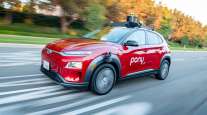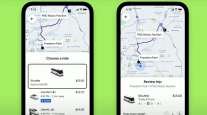Uber Puts First Self-Driving Car Back on the Road Since Death

Uber Technologies Inc., which halted its self-driving car program after the death of a pedestrian in March, resumed testing of self-driving cars on public roads in Pittsburgh on Dec. 20, the company said.
Uber said it received the all-clear from the Pennsylvania Department of Transportation. The self-driving car program had been suspended as the National Transportation Safety Board investigated the pedestrian fatality in Tempe, Ariz., and as state officials reviewed Uber’s authorization.
This is the first time Uber is returning autonomous vehicles to public roads since the accident. In order to collect data, Uber had previously deployed some autonomous vehicles in manual mode, meaning that human drivers were operating them at all times. On Dec. 20, Uber also planned to deploy cars in San Francisco and Toronto in the manual, human-driven mode.
True autonomous testing will resume in Pittsburgh, but it will be more limited than before. Uber’s cars will drive at speeds of 25 miles per hour or below, the company said. Uber announced a number of other safety measures, including improvements to braking, operator training and driver monitoring.
“Over the past nine months, we’ve made safety core to everything we do,” said Eric Meyhofer, head of Uber’s Advanced Technologies Group.




